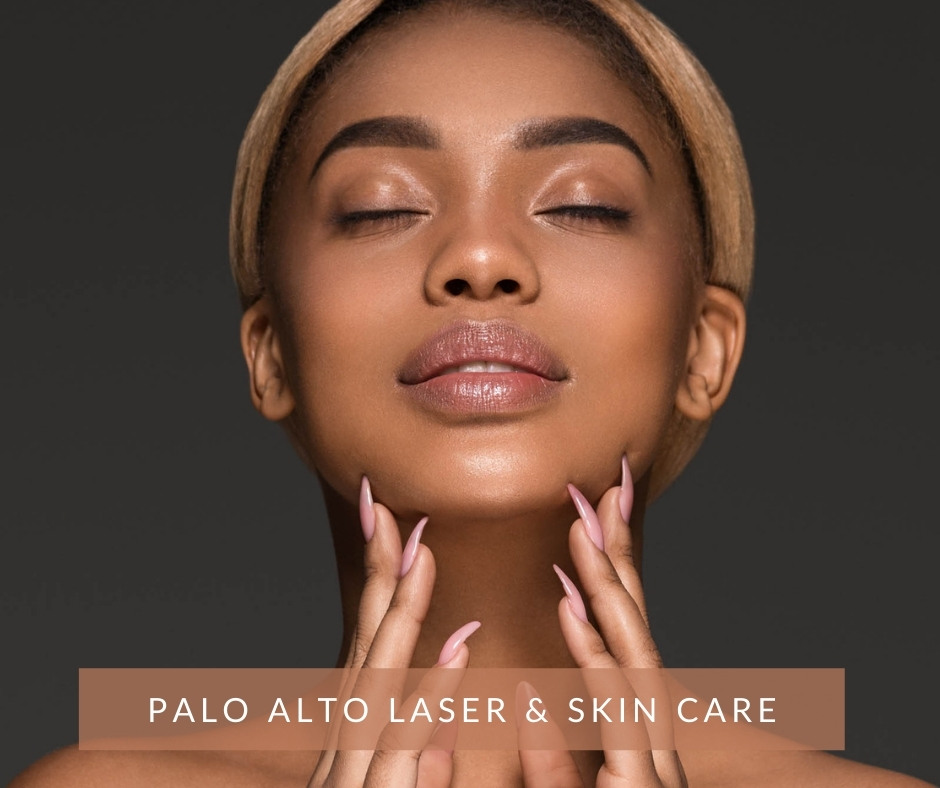
Today, most dermal fillers are comprised of hyaluronic acid (HA), an acid that occurs naturally in the body—but that wasn’t always the case. Palo Alto Laser and Skin Care is committed to excellence in aesthetics and that includes thorough expertise of the history and progression of treatments. We are more than a medical day spa. Zuzana Likar personally trains the staff to her exacting standards, which means you enjoy the benefits of the best injectables and other treatments handled by experts.
Dermal fillers are only about 40 years old, and they have changed drastically over the decades. However, their roots are much older. The first “injectables” were attempted in the 1890s to address serious facial defects. Doctors attempted to transfer fat from the arms into the face and, indeed, fat grafting is still in practice today (of course, the approach has improved considerably). When we talk about dermal fillers today, these fillers really stem from bovine collagen.
Farm to Present: Dermal Fillers
Dermal fillers as we know them today made their debut in the 1970s with a number of animal collagens being tested and used for largely aesthetic purposes (rather than reconstruction, which was the purpose in the nineteenth century). The products were Zyderm and Zyplast, both of which were made with bovine (cow) collagen. Collagen is indeed the ingredient that makes skin supple, and we produce less of it as we age. However, cow collagen is an inherently foreign substance that human bodies are prone to reject—sometimes with unfortunate side effects.
Severe swelling was cited during testing in the 1970s, but fortunately the results were not permanent. Ultimately, these particular bovine-based fillers didn’t perform that well, but that didn’t mean they have been forgotten. In fact, Bellafill, one of today’s dermal filler products, is a bovine-based collagen filler (the severe swelling issue has since been addressed). It has been FDA-approved for nasolabial folds as well as moderate or severe facial acne scarring. Bellafill has proven to be a fantastic solution for some clients, though HA fillers remain today’s leading products.
FDA approved HA fillers
Bovine collagen remained the primary option through the twentieth century, but for those who can recall dermal fillers weren’t exactly popular prior to the 2000s. That’s when the FDA approved HA fillers, and thus began the era we know (and love) today. Not only is HA already found in the body, but it also lasts longer than collagen fillers. The very first HA filler came from Restylane followed shortly by Juvederm. These two makers are still the top two options for HA fillers today.
We also have even more options available beyond the HA family, with semi-synthetic fillers being a great choice for some. For example, Radiesse features calcium hydroxyapatite fillers, which has a blend of non-organic and organic ingredients. These fillers typically last longer and are thicker than HA fillers. However, perhaps the biggest advance in the most recent years is the introduction of lidocaine with fillers. Lidocaine is a common numbing agent used in all types of medical offices and today it is routinely mixed in with the filler. This temporarily numbs the treatment site for a more comfortable experience.
A Better Filler
Why did lidocaine take so long to be included, since it has long been used as a standalone numbing agent? For many years it was believed that it reduced the effectiveness and outcome of fillers—but that is not the case. A lot of dermal fillers have lidocaine added during the manufacturing process and it does not affect results at all.
Another fantastic advance is the technique of the injector (and not necessarily the makeup of the filler). In lieu of needles, microcannulas are sometimes used. This can improve results and the experience, but it depends on the injector and the treatment site (needles remain a fantastic choice for many). Ultimately, getting the best dermal filler experience and results comes down to the expertise of the injector. If you’d like to learn more about dermal fillers available at Palo Alto Laser and Skin Care, call to schedule a complimentary consultation or complete the online contact form now.
